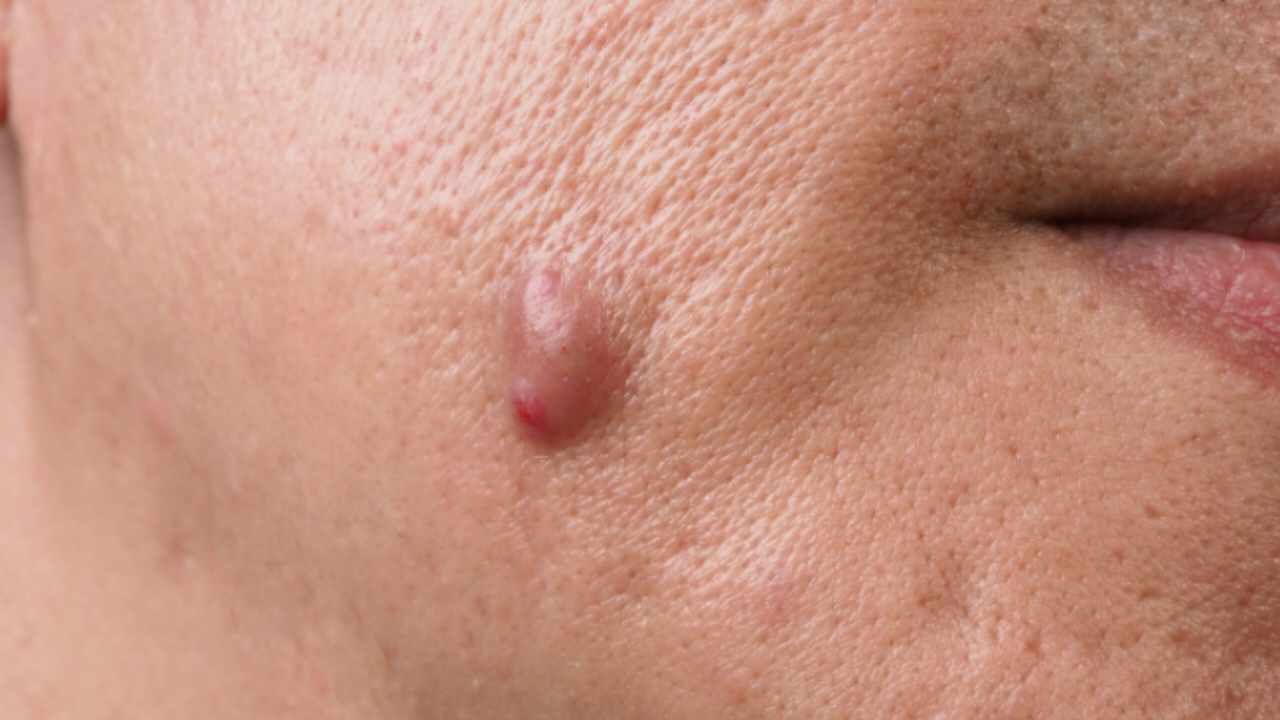Actinomycosis is an infectious disease caused by the bacteria Actinomyces . Actinomycosis or actinomycosis generally attacks the face and neck. However, actinomycosis can also occur in other parts of the body, such as the mouth, chest, pelvis, and abdomen.
Actinomycosis is characterized by the appearance of ulcers (purulent wounds) or abscesses in the infected body part. This condition can be caused by the spread of infection from other parts of the body.
Actinomycosis is not contagious and is common in tropical countries. Although rare, it can cause serious infections, such as meningitis.
Causes of Actinomycosis
The cause of actinomycosis is the Actinomyces group of bacteria, the most common being Actinomyces israelii and Actinomyces gerencseriae . These bacteria usually live in the oral cavity, digestive tract, and urinary tract. However, infection can occur if these bacteria enter other parts of the body that have tissue damage.
Although actinomycosis can occur in anyone, there are several factors that can increase a person’s risk of being more susceptible to this disease, namely:
- Having a weak immune system, for example due to the use of certain drugs or an illness, such as HIV
- Experiencing malnutrition
- Not maintaining good dental hygiene and health
- Using (IUD) beyond the recommended time
- Suffering from diabetes
- Often consuming excessive amounts of alcohol
- Experiencing tissue damage due to injury, surgery and radiotherapy
Symptoms of Actinomycosis
In general, actinomycosis is characterized by the presence of an abscess or ulcer at the site of infection. In addition to the appearance of an abscess, other symptoms that may appear are:
- Fever
- Swelling at the site of infection
- Drastic weight loss
Actinomycosis can occur anywhere on the body. Other symptoms that appear will depend on the location of the infection, for example:
1. Actinomycosis in the oral area:
- The skin color around the mouth becomes reddish or bluish
- Difficulty moving the jaw and mouth normally
- Swelling in the mouth
- Swollen lymph nodes
2. Actinomycosis of the chest:
- Dry cough or cough with phlegm, and sometimes produces blood
- Shortness of breath and chest pain
- There is fluid in the lungs which is sometimes followed by the appearance of lumps in the lung area.
3. Actinomycosis in the stomach:
- Stomach ache
- Lump or swelling in the lower abdomen
- Diarrhea or constipation
- Nausea and vomiting
4. Actinomycosis in the pelvic area:
- Pain in the lower abdomen
- Constipation
- Vaginal bleeding or vaginal discharge
- Lump in lower abdomen
When to see a doctor
See a doctor immediately if you experience the symptoms mentioned above, especially if the symptoms you experience are accompanied by fever and swelling in one part of the body.
In addition, a medical examination is also necessary if you have risk factors, such as suffering from certain diseases or taking medications that can affect the immune system.
Diagnosis of Actinomycosis
To diagnose actinomycosis, the doctor will ask questions about the symptoms experienced by the patient, as well as the patient’s medical history, illnesses, and treatments that the patient has undergone. After that, the doctor will perform a complete physical examination.
To confirm the diagnosis, the doctor will carry out supporting examinations in the form of:
Laboratory tests
Laboratory tests that can be done to diagnose actinomycosis are:
- Tissue culture, to determine the type of bacteria in body tissue by taking tissue samples, pus, and fluid from the abscess, to be examined using the culture method.
- Blood tests , to detect infections in the blood by examining a sample of the patient’s blood.
P scanning
The doctor may also ask the patient to undergo a scan test to determine whether there is an abscess in the internal organs or not. Some methods that can be done are:
- CT scan
- X-ray
- MRI
Actinomycosis Treatment
Treatment of actinomycosis aims to treat the infection, relieve symptoms, and prevent complications. Some methods that can be done by doctors are:
Administration of medication
The main treatment of actinomycosis is by giving antibiotics. Some types of antibiotics that will be given are penicillin , tetracycline, clindamycin, and erythromycin.
In the first stage, the doctor will give penicillin injection which will then be followed by oral penicillin. The duration of oral treatment varies from person to person, but is generally up to 12 months.
If other bacterial infections are found in the patient, the doctor will give additional antibiotics, such as clavulanate and tazobactam , to eradicate the bacteria. Especially for patients with actinomycosis in the abdominal area, the doctor can also give additional antibiotics from the aminoglycoside group.
Operation
Surgery for actinomycosis can be done by cutting and removing the contents of the abscess fluid, removing damaged tissue, and removing the abscess. Patients will undergo surgery if they experience the following conditions:
- There is severe tissue damage so that the damaged tissue needs to be removed, such as necrosis and fistulas.
- There is a large abscess
- The patient did not recover with antibiotics
Complications of Actinomycosis
Complications generally arise if not treated quickly and appropriately. Some complications that can occur due to actinomycosis are:
- Osteomyelitis , especially of the jaw bones, ribs, and spine
- Meningitis or inflammation of the meninges
- Infection of the nerves
- Endocarditis
- Brain abscess
- Liver abscess
- Sepsis
Actinomycosis can be fatal, especially if the infection spreads to the central nervous system, such as the brain and spinal cord. The mortality rate for severe actinomycosis can be as high as 28%, but this depends on the location of the infection.
Prevention of Actinomycosis
Prevention of actinomycosis is done by avoiding risk factors that can trigger this condition. Some efforts that can be done are:
- Maintain cleanliness of the oral cavity and teeth
- See a doctor as soon as possible if you experience an injury.
- Consult a doctor to prevent infection if you have diabetes or an immune system disorder.
- Know the expiration date of the IUD (spiral birth control) you are using so that it can be replaced at the right time.
References :
Maraki, S., et al. (2022). A 60-Year Literature Review on Hepatic Actinomycosis. Medical Principles and Practice: International Journal of the Kuwait University, Health Science Centre, 31(2), pp. 103–110.Khiatah, B., et al. (2021). Sepsis due to Actinomyces Odontolyticus as a Rare Complication of Neobladder. Case Reports in Infectious Diseases, 2021, pp. 1–3.Murphy, P., et al. (2019). Hepatic Actinomycosis - A Potential Mimicker of Malignancy. Radiology Case Reports, 15(2), pp. 105–109.National Health Service UK (2020). Health A to Z. Actinomycosis.National Institutes of Health (2022). National Library of Medicine. Actinomycosis.National Institutes of Health (2021). MedlinePlus. Actinomycosis.Healthline (2022). Actinomycosis.Medscape (2019). Actinomycosis.MSD Manual (2022). Actinomycosis.

